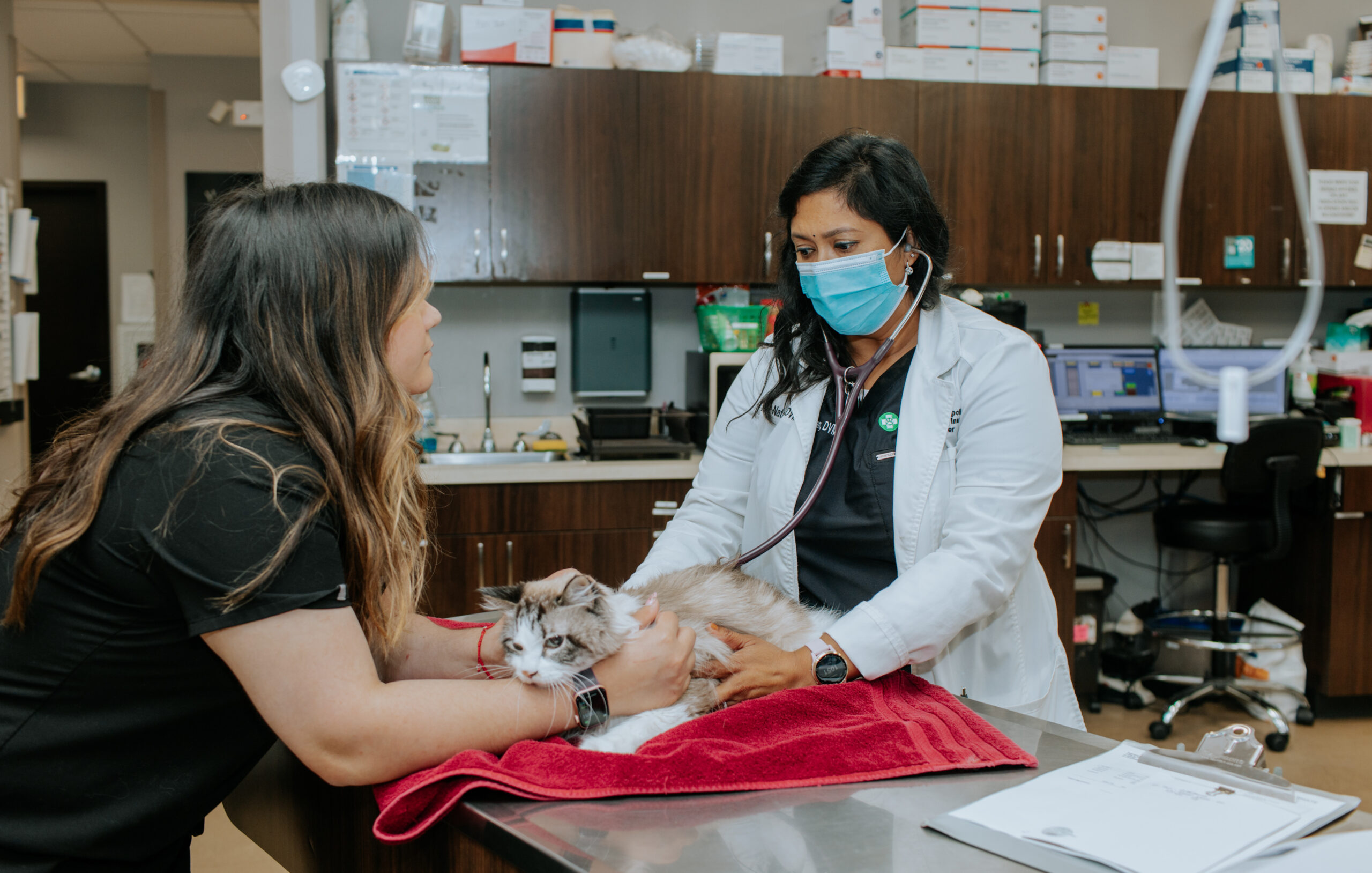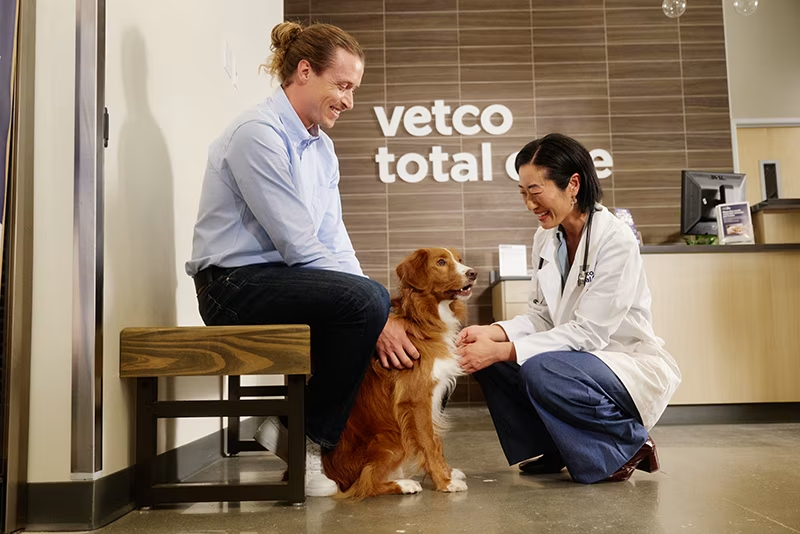When Is tplo surgery the Right Choice for Dogs With Cruciate Injuries?
When Is tplo surgery the Right Choice for Dogs With Cruciate Injuries?
Blog Article
Everything About Vet Surgical Procedure: Understanding the Importance of Professional Treatment for Your Pets
Veterinary surgical treatment is a critical element of pet medical care. It includes numerous treatments, from routine elective surgical procedures to immediate interventions. Comprehending the intricacies of these surgical procedures can aid pet dog owners make notified decisions. The preparation, implementation, and recuperation stages are necessary for making sure the wellness of animals. With proper knowledge, owners can navigate the complexities of vet care. What elements should be thought about before an animal undergoes surgical treatment?
Kinds of Veterinarian Surgeries
When an animal calls for surgical intervention, recognizing the numerous kinds of vet surgical treatments can aid pet proprietors make informed decisions. Vet surgical treatments can be generally categorized right into three major types: optional, urgent, and emergency situation surgeries. Optional surgeries, such as spaying or neutering, are intended treatments that are not immediately life-threatening. Immediate surgical treatments, like those for foreign body elimination, have to be executed soon yet are not lethal in the moment. Emergency surgical treatments, such as those dealing with extreme injury or internal blood loss, are vital and need instant attention.Additionally, surgical procedures can differ in complexity, ranging from minimally invasive laparoscopic procedures to more comprehensive open surgical procedures. Each type of surgery carries its own threats and recuperation processes. Comprehending these groups enables pet owners to take part in purposeful discussions with vets, resulting in much better outcomes for their precious animals.
Getting ready for Your Family pet's Surgery
Getting ready for a pet's surgery includes a detailed checklist to assure all essentials are covered. Reliable interaction with the vet is important for recognizing the procedure and any type of required pre-operative actions - tplo surgery. Furthermore, having clear post-operative care guidelines will aid owners supply the very best assistance for their recuperating pets
Pre-Surgery List Essentials
Ensuring a smooth medical experience for a pet dog requires careful prep work and interest to information. A pre-surgery checklist is vital for pet dog proprietors to comply with. Confirming the arranged surgical treatment day and time is vital. Proprietors need to likewise verify that their pet has actually not eaten according to the veterinarian's guidelines, typically for 8-12 hours before surgery. Collecting essential clinical documents, including vaccination history, is important for the veterinarian's review. It is additionally suggested to prepare a comfy room at home for the family pet's healing after surgical treatment. Ultimately, owners ought to have a prepare for transportation to and from the vet facility, making certain that the pet is protected and comfortable throughout the journey. Complying with these steps can greatly enhance the surgical experience.
Connecting With Your Vet

Effective communication with the veterinarian is vital for an effective medical experience for family pets. Owners should be prepared to review their pet's case history, including any kind of pre-existing conditions, drugs, and allergic reactions. This details aids the veterinarian analyze dangers and customize the surgical strategy appropriately. Furthermore, pet proprietors need to ask concerns relating to the treatment, anesthesia, and anticipated results to guarantee they completely understand the procedure. Clearing up any kind of doubts can relieve anxiousness for both the pet dog and the owner. It is also vital to communicate any kind of behavior changes or worries observed in the pet dog leading up to the surgery. Inevitably, clear discussion fosters count on and partnership, guaranteeing that pet dogs get the best possible treatment during their medical trip.
Post-Operative Care Directions
After reviewing the operation with the vet, pet dog proprietors ought to concentrate on post-operative treatment guidelines to help with a smooth healing for their pet dogs. These guidelines usually consist of checking the medical site for indicators of infection, such as inflammation or discharge. Family pets may need to be maintained tranquil and restricted to stop extreme activity that could disrupt recovery. Pain monitoring is vital, so proprietors should adhere to the veterinarian's advice on administering medications. Furthermore, dietary constraints might be suggested to stay clear of gastrointestinal trouble. Normal follow-up consultations are very important to guarantee proper healing and attend to any concerns. By adhering to these post-operative care instructions, animal owners can greatly add to their family pet's healing and total well-being.
The Surgery Explained
The surgical procedure for animals includes important steps that ensure their safety and recuperation. Pre-surgery preparations are crucial for decreasing dangers, while post-operative treatment standards play a crucial duty in promoting recovery. Comprehending these elements aids pet dog proprietors navigate the medical experience much more properly.
Pre-Surgery Preparations
Prior to a family pet undertakes surgical treatment, numerous important preparations should take place to ensure a safe and effective procedure. An extensive vet evaluation is essential to assess the animal's total wellness and determine any potential dangers. This may include blood tests, imaging, or other diagnostics. The vet will certainly also go over anesthesia choices customized to the animal's details needs. Additionally, pet owners are typically instructed to withhold food and water for a specified time before surgical procedure to lessen the risk of complications throughout anesthetic. It is necessary for owners to provide a full clinical background, including any drugs or allergic reactions, making sure the medical group has all necessary details. Appropriate communication and adherence to pre-surgery guidelines can considerably enhance the result of the treatment.
Post-Operative Care Guidelines
Correct post-operative care is necessary for ensuring an animal's healing complying with surgical treatment. After the local veterinary clinics procedure, pets ought to be checked closely for any type of indicators of complications, such as excessive blood loss, swelling, or unusual habits. It is necessary to adhere to the veterinarian's guidelines concerning medications, including discomfort reducers and anti-biotics. Family pets need to be kept in a peaceful, comfortable setting to reduce stress and anxiety and promote recovery. Limiting task is essential; short, leashed walks may be needed, yet leaping or running should be avoided. Regular follow-up visits should be set up to analyze the recovery procedure. Furthermore, the medical site has to be kept clean and completely dry, with any type of indications of infection reported to a vet promptly. Abiding by these standards improves recovery end results.
Anesthetic and Pain Administration
Effective anesthetic and pain administration are necessary components of vet surgical procedure, making certain that animals stay comfortable and risk-free throughout the treatment. Vets assess each animal's specific needs, considering factors such as age, weight, health standing, and the kind of surgical treatment being performed.Anesthesia methods usually consist of a mix of pre-anesthetic drugs, induction agents, and inhalant anesthetics, enabling specific control over the pet's degree of consciousness. Tracking during surgical treatment is critical; vets constantly observe essential signs to attend to any possible complications promptly.Pain management approaches might involve opioids, non-steroidal anti-inflammatory medicines (NSAIDs), and regional anesthetics, tailored to the pet dog's details scenario. This complex approach assists lessen pain and promotes a smoother surgical experience. By prioritizing effective anesthesia and pain administration, vet professionals improve the overall welfare of pet dogs undergoing procedures, ensuring they receive the highest possible requirement of care.
Post-Operative Care and Recovery
Following surgery, the focus changes to post-operative care and recovery, which is crucial for making certain a pet's safe go back to normal activities. During this period, pet dogs need a quiet, comfortable setting to help recovery. Owners must carefully monitor their animals for any kind of signs of pain or uncommon behavior.Veterinary standards frequently include specific directions connected to drug administration, injury treatment, and dietary changes. It is important to stick to these referrals to lessen issues and promote healing. Family pets might need to be limited from energetic activities, such as running or leaping, during their recuperation period (tplo surgery).Regular follow-up consultations with the veterinarian allow for tracking of the pet dog's progress and prompt changes to the care strategy. Providing emotional assistance and friendship can also enhance an animal's recovery experience, aiding to minimize stress and anxiety and anxiousness. On the whole, thorough post-operative care plays a significant duty in accomplishing a successful recovery
Identifying Difficulties After Surgical Treatment
Just how can animal owners determine complications after surgical procedure? Recognition of certain indications is necessary for making sure the wellness of family pets during recuperation. Common signs include too much swelling, redness, or discharge at the medical site, which may veterinary vet represent infection. Furthermore, persistent discomfort, indicated by grumbling or unwillingness to relocate, should trigger instant interest. Adjustments in appetite or water consumption can additionally animal hospital veterinary show difficulties; a decrease in these behaviors may signify discomfort or distress.Moreover, pet owners need to monitor their pets for any unusual habits, such as lethargy or trouble breathing, as these can be indicators of major issues. Vomiting or diarrhea following surgical procedure might require immediate veterinary examination. Acknowledging these difficulties early can significantly influence a pet dog's recuperation process, stressing the relevance of vigilance and timely interaction with a vet for any worrying signs.
The Function of Vet Professionals in Surgical Care
Veterinary professionals play a crucial duty in ensuring the safety and success of surgeries for animals, specifically following surgical procedure when monitoring and care are extremely important. These specialists include veterinarians, vet specialists, and assistance personnel, every one of whom add specialized abilities to the medical process.Before surgery, vets conduct thorough assessments to evaluate the family pet's health, ensuring that any underlying conditions are managed. Throughout the treatment, the medical group supplies anesthetic, preserves clean and sterile settings, and keeps track of crucial indicators, all vital for reducing risks.Post-operative treatment is similarly significant; vet professionals observe for complications, handle discomfort, and overview proprietors on healing practices. Their experience allows them to acknowledge very early indicators of distress or infection, ensuring prompt intervention. Ultimately, the collective initiatives of veterinary experts in medical care foster a safe environment, promoting the wellness of pet dogs throughout the surgical journey.

Often Asked Concerns
How Do I Pick the Right Vet Surgeon for My Pet?
Picking the right veterinary doctor involves investigating credentials, checking out evaluations, and evaluating the center's environment. It is important to reflect on the specialist's experience with certain procedures and their communication design when choosing.
What Are Usual Misconceptions Concerning Veterinarian Surgeries?
Common misunderstandings regarding veterinarian surgical procedures consist of beliefs that they are constantly risky, unneeded, or for emergencies. Several animal proprietors ignore the advantages of preventative procedures and the ability entailed in vet surgical care.
Just How Much Will My Pet's Surgery Price?
The price of an animal's surgical treatment can vary substantially based on factors such as the type of procedure, the veterinarian's experience, and geographical place (emergency vet bellingham). Commonly, expenses range from a few hundred to a number of thousand dollars

Can My Family Pet Eat Before Surgical Procedure?
Before surgical treatment, it is generally encouraged that pet dogs avoid from consuming for a details duration. This fasting aids lower the danger of issues throughout anesthesia. Owners should consult their veterinarian for specific directions customized to their pet dog's demands.
What happens if My Family Pet Has Pre-Existing Health Conditions?
When a pet dog has pre-existing wellness problems, it's essential for the veterinarian to examine these variables before surgical treatment. This assessment guarantees proper safety measures are taken, minimizing threats and optimizing the family pet's general safety and security during the procedure.
Report this page